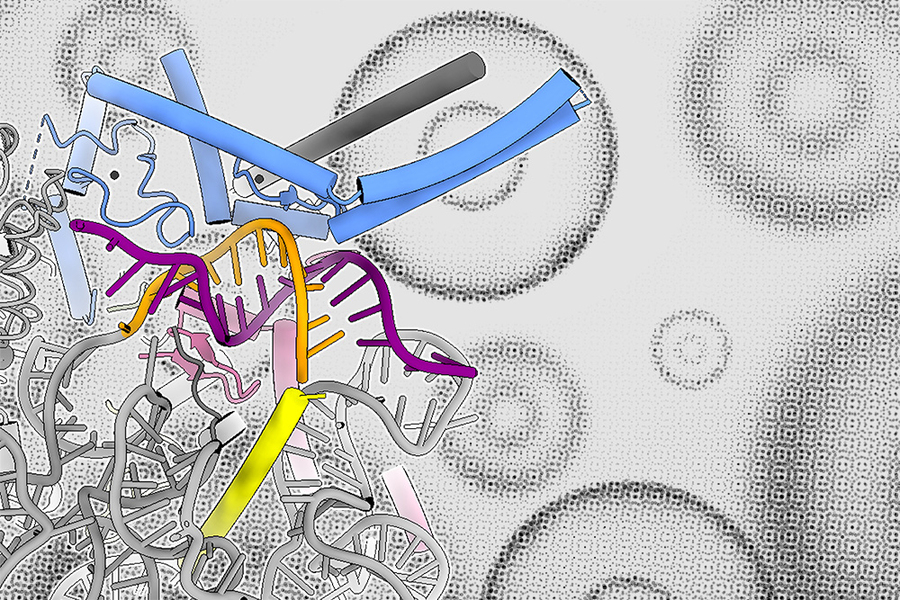A recent study, published in the MIT News, discusses how scientists have uncovered a new way RNA splicing is regulated, making gene expression more complex than before. RNA splicing is an important process where non-coding sections (introns) are removed from messenger RNA, allowing genes to create proteins. Scientists previously believed that splicesome, a RNA-protein complex, determined the splicing sites, but this study found that a family of proteins called Luc7 also play a major role. These proteins help decide which introns get spliced out, affecting almost half of all human genes. The researchers also found this process in plants, indicating it evolved early in life's history.
Friday, March 14, 2025
MIT Biologists Found a New Layer of Gene Regulation in RNA Splicing
Subscribe to:
Post Comments (Atom)

No comments:
Post a Comment